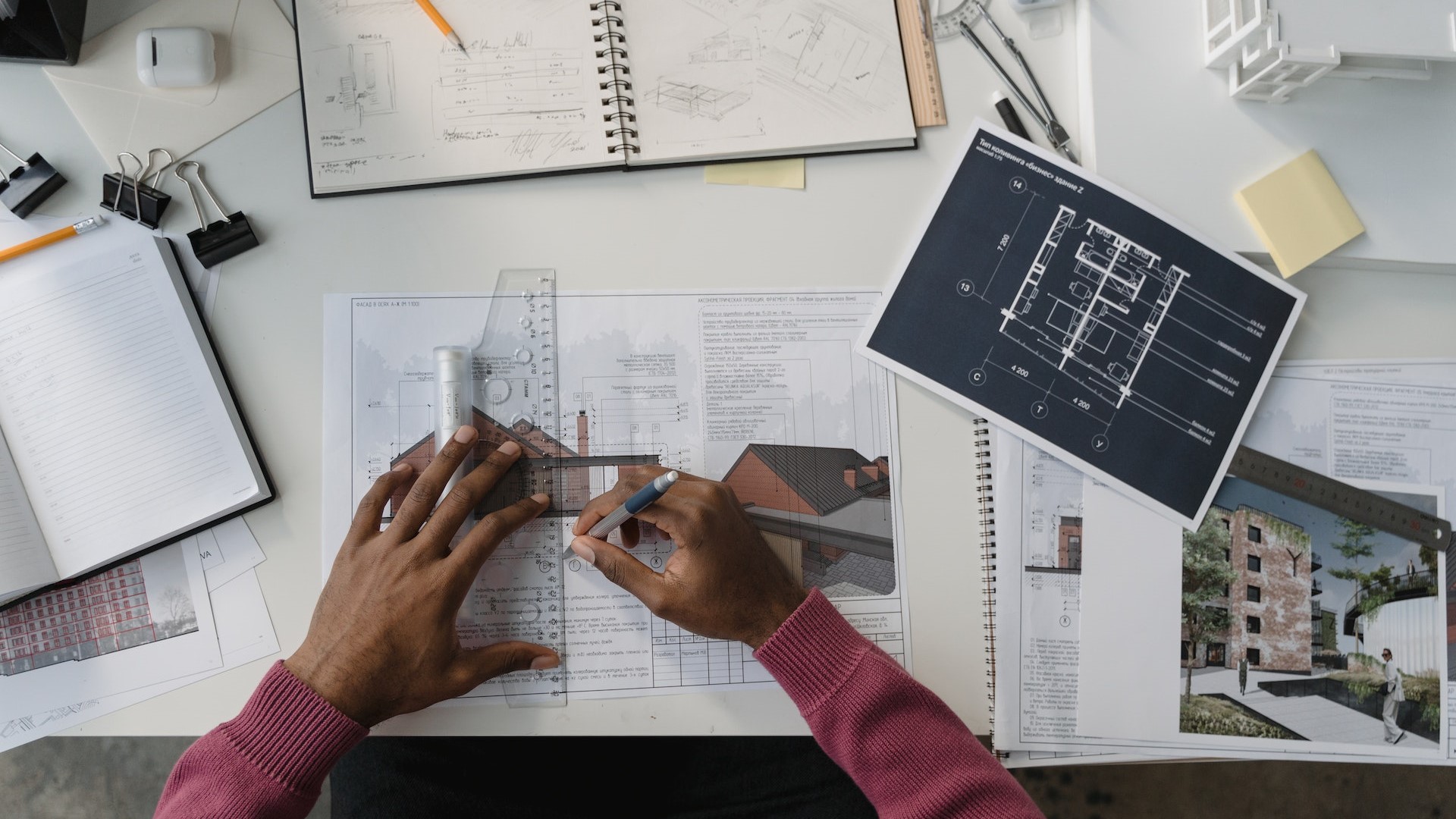As an architect, you are driven by a passion for design and innovation, but at the same time, you need to maintain a financially sound business. Balancing these two seemingly opposite goals can be challenging, but it is essential to achieving success in architecture.
Let's follow the journey of two partners in a growing architecture practice as they navigate the challenges of balancing creativity and finances in their business.
Challenges of Balancing Creativity and Finances in Architecture
Tom and Lisa are two partners in an established architecture practice with five employees. They are passionate about their work and want to create innovative designs that push the boundaries of traditional architecture. However, they soon realise that it is not easy to balance their creative vision with financial responsibility.
One of the biggest challenges Tom and Lisa face is the highly competitive nature of the industry. They need to differentiate themselves from other architects by creating unique and innovative designs, but at the same time, they need to stay within budget constraints. This can be a delicate balancing act that requires careful planning and budgeting.
The Importance of Outsourcing Bookkeeping Services
Tom has been trying to manage the books himself on weekends, but it's not working out. He and Lisa realise they need to focus on their core competencies and outsource tasks like bookkeeping to a professional firm. By partnering with a trusted bookkeeping firm, Tom and Lisa can ensure that their financial information is managed properly, and they receive straightforward monthly reporting that they can use to make informed decisions about their business.
They outsource their bookkeeping function to a professional firm that provides them with real-time reporting and analysis of their financial performance. With this information, they can make adjustments to their budget and project plans to stay on track financially.
Tips for Managing Budgets and Tracking Expenses
Effective budget management and expense tracking are essential for the success of any architecture business. Tom and Lisa recognise the importance of setting realistic budgets and closely monitoring expenses to ensure they stay within budget constraints. To streamline this process, their bookkeeping firm employs state-of-the-art project management software that tracks hours and expenses in real-time. With this tool, Tom and Lisa can easily keep tabs on project costs and make necessary adjustments to avoid any budgetary overruns.
For example, they are currently working on a commercial building project with a tight budget. Thanks to the advanced software utilised by their bookkeeping firm, they can effectively track expenses and identify areas where they can cut costs without compromising on the design quality. This allows them to deliver a high-quality project while staying within budget.
Staying Financially Healthy While Pursuing Creative Design Projects
To maintain financial stability while undertaking creative design projects, Tom and Lisa prioritise financial planning and forecasting. This involves developing a comprehensive budget that covers all project costs and identifying potential financial risks.
For instance, they are currently managing a residential project that requires extensive renovations, which inherently comes with unforeseen expenses. To minimise this risk, their bookkeeping firm prepares a detailed budget that incorporates a contingency fund specifically for unexpected expenses. This allows Tom and Lisa to pursue their creative vision with peace of mind knowing that their financials are well-managed.
Straightforward Monthly Reporting
Effective and comprehensive financial reporting is essential to gain insight into the financial health of an architecture business. Tom and Lisa rely on their bookkeeping firm to provide them with easily understandable monthly financial reports that they can utilise to make informed decisions about their business. By interpreting these reports and using the information to make strategic decisions, Tom and Lisa can maintain their financial stability and pursue creative design projects.
After analysing their financial reports, Tom and Lisa identify the need to diversify their client base to increase their revenue streams. They realise that they have been relying too heavily on a few key clients and need to expand their reach. Based on this information, they devise a new marketing strategy that targets a new client demographic. This includes attending industry events, advertising in relevant publications, and partnering with complementary businesses to offer bundled services. With these new tactics, Tom and Lisa are able to attract new clients and diversify their revenue streams, ensuring the long-term financial stability of their growing practice.
Conclusion
Balancing creativity and finances is essential for architects like Tom and Lisa to succeed in the industry. To achieve this balance, architects must focus on their core competencies and leverage the expertise of professionals in finance and bookkeeping. Outsourcing bookkeeping services, using project management software to manage budgets and track expenses, prioritising financial planning and forecasting, and receiving straightforward monthly reports are all crucial steps that architects can take to maintain a financially healthy business.
Architects who prioritise financial responsibility and maintain a strong creative vision can achieve both artistic excellence and financial stability. By striking the right balance between creativity and financial management, architects can build a thriving business and create stunning, innovative designs that leave a lasting impact on the built environment.

